In the ever-evolving landscape of technological advancements, Artificial Intelligence (AI) has begun to leave an indelible mark on various industries and professions, including art. The emergence of AI-generated images has ignited a profound transformation in artistic expression, challenging conventional notions of creativity and authorship.
In this article, we embark on a captivating journey into the world of AI-generated images, delving deep into their implications and unraveling the future of AI art. This journey also offers various AI-generated images from popular AI tools in the last part, such as:
- DALL-E 2
- Midjourney
- Dream by Wombo
- NightCafe AI
- Stable Diffusion AI
- Fotor
- Bing Image Creator
That way, after you fully understand AI-generated images and the rise of AI art, you can compare each option and choose the one that works best for you.
Are you ready? If so, fasten your seatbelt because our journey has just started!
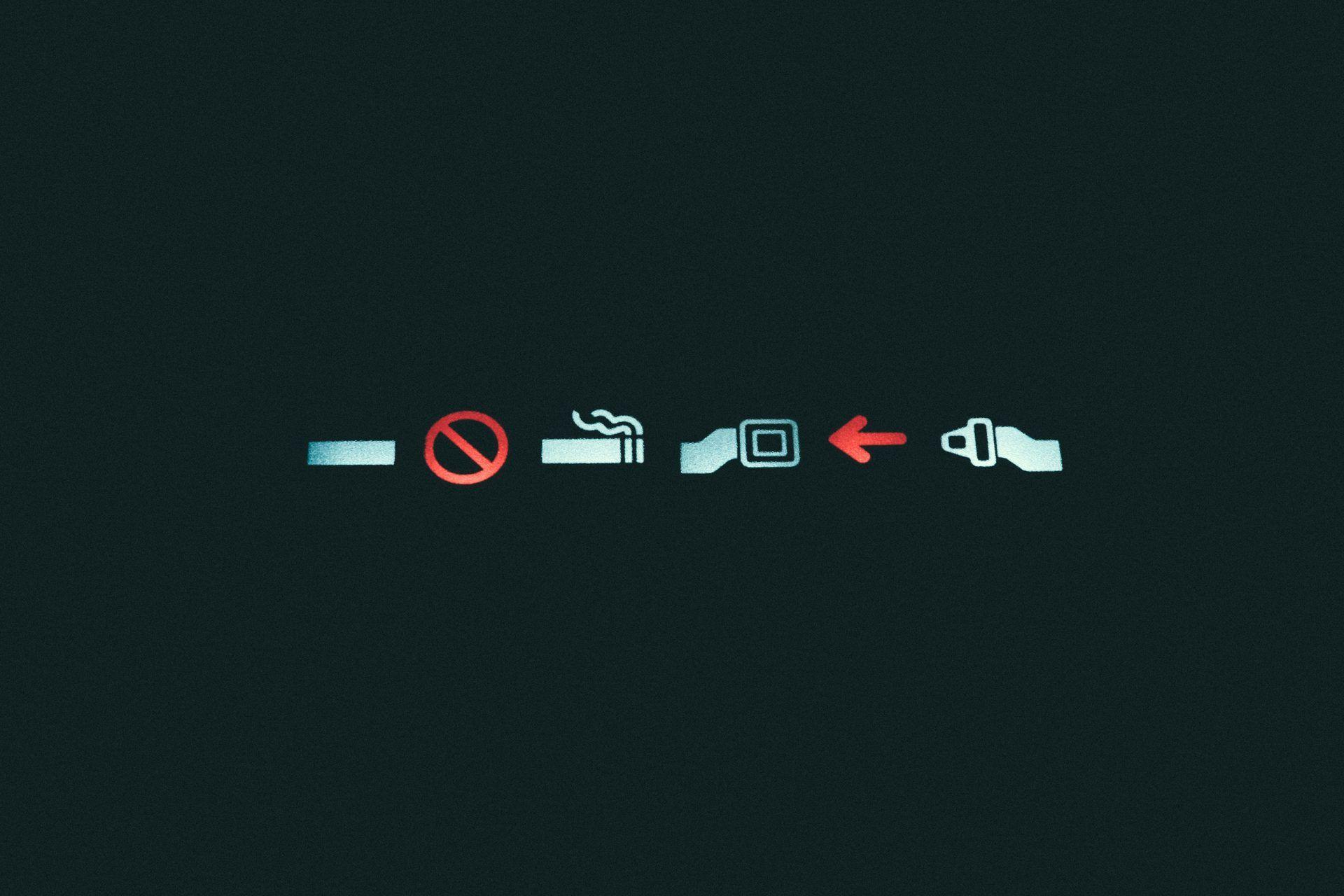
What are AI-generated images?
AI-generated images are images that are created by artificial intelligence systems from text descriptions. They can be used for various purposes, such as enhancing creativity, generating art, and designing products. In this blog post, we will introduce some of the most popular and advanced AI image generators available online and show some examples of their outputs.
AI-generated images are the result of intricate algorithms, deep learning models, and neural networks. The powerful tools that make AI-generated images are trained on massive datasets, enabling them to discern patterns, styles, and visual features. Leveraging this knowledge, AI models can create visually stunning and captivating artwork that mirrors the essence of the original dataset. From lifelike portraits to abstract marvels, AI-generated images push the boundaries of artistic expression. These images can be realistic or stylized, depending on the purpose and the technique used. AI-generated images can have various applications, such as entertainment, art, education, research, or social media.
AI-generated images are not only about deepfakes. These are some of the forms of AI-generated images:
- Face generation: AI systems can generate realistic or stylized faces of people that do not exist, such as celebrities, politicians, or fictional characters. These faces can be used for entertainment, art, or identity verification.
- Style transfer: AI systems can transfer the style of one image to another image, such as applying the style of a painting to a photo. This can create artistic effects or enhance the aesthetics of an image.
- Image synthesis: AI systems can synthesize new images from scratch or from text descriptions, such as landscapes, animals, or objects. This can be useful for creating novel content or visualizing concepts.
- Image manipulation: AI systems can manipulate existing images by changing their attributes, such as color, shape, expression, or background. This can be used for editing, enhancing, or transforming images.
- Image restoration: AI systems can restore damaged or degraded images by filling in missing pixels, removing noise, or enhancing resolution. This can improve the quality and usability of old or low-quality images.
However, one of the most popular use cases of AI-generated images is making AI art.
What is AI art?
AI art is a term that refers to the creation of artworks using artificial intelligence (AI) technologies. AI art can be seen as a form of computational creativity where algorithms and software are used to generate novel and expressive images, sounds, texts, or other forms of media. AI art can also involve human-AI collaboration, where artists use AI tools to enhance their creative process or interact with AI agents.

AI art has a long history that dates back to the 1950s when pioneers such as Harold Cohen, Frieder Nake, and A. Michael Noll experimented with computer-generated art. Since then, AI art has evolved and diversified, incorporating various techniques and applications such as neural networks, evolutionary algorithms, generative adversarial networks (GANs), style transfer, text-to-image synthesis, and more.
AI art has become more accessible and popular in recent years, thanks to the development of online platforms and communities that allow anyone to create and share AI-generated artwork. Some examples of these platforms are OpenArt, PixAI, NightCafe Creator, Hotpot.ai, and Dream by WOMBO. These platforms offer different methods and styles of AI art generation, ranging from photorealistic to artistic to cartoonish.
AI art raises many interesting questions and challenges for artists, researchers, and society at large, such as:
- What is the role of human creativity and intention in AI art?
- How can we evaluate and appreciate AI art?
- What are the ethical and social implications of AI art?
- How can we foster collaboration and dialogue between human and AI artists?
The rise of AI-generated art has sparked debates and controversies in the artistic community. Critics argue that AI-generated images lack the depth, emotional resonance, and intentionality associated with human-created art. They express concerns that AI may devalue the role of the artist, diminish the uniqueness of artistic expression, and contribute to the commodification of art. Moreover, ethical considerations arise when AI-generated images mimic the style of specific artists or violate copyright laws. Questions regarding the ownership and attribution of AI-generated art further complicate the discourse surrounding AI art. However, these debates do not slow down the AI art trend.
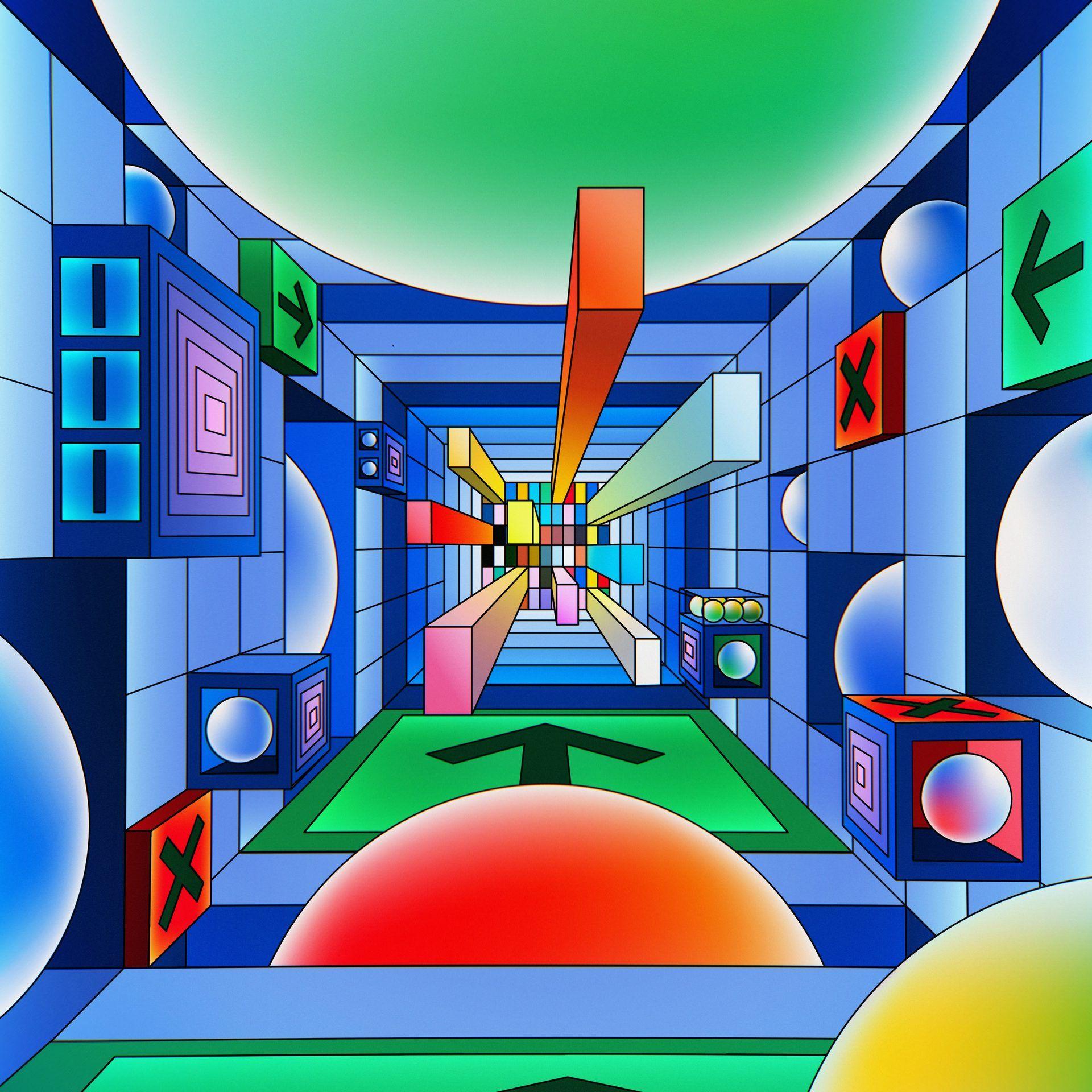
Future of AI art
As AI technology continues its rapid advancement, the future of AI art shines brightly with immense potential. Here are some key areas where AI-generated images are poised to make a significant impact:
- Collaborative artistry: Artists and AI models will forge seamless collaborations, seamlessly blending human creativity and machine intelligence to create groundbreaking artworks that redefine the boundaries of imagination. For example, artist Refik Anadol combines AI algorithms with architectural installations, resulting in immersive experiences that meld digital and physical spaces, blurring the line between reality and imagination.
- Revolutionary artistic tools: AI will serve as a powerful and intuitive tool for artists, providing real-time feedback, suggesting compositions, and enhancing traditional techniques, propelling artistic innovation to new heights. Artists like Robbie Barrat utilize AI algorithms to generate unique and imaginative portraits, offering fresh perspectives on the possibilities of artistic creation.
- The emergence of novel styles: AI models, fueled by diverse cultural and historical art movements, will catalyze the emergence of captivating hybrid aesthetics, bridging different periods and traditions and propelling art into unexplored frontiers. For instance, the collaborative project “DeepDream” by Google’s AI research team generates surreal and dreamlike images by applying AI algorithms to existing photographs.
- Interactive art experiences: AI art installations and interactive experiences will captivate audiences, immersing them in dynamic and participatory artistic environments. Viewers will become active contributors, influencing and shaping the artwork in real time, resulting in unique and personalized encounters with art. Notable examples include “Rain Room” by Random International, where AI-controlled sensors respond to visitors’ movements, creating an illusion of rain that magically avoids contact.
- Ethical guidelines and responsible use: With the growing influence of AI in art, the development of ethical guidelines and frameworks will ensure the responsible use of AI, addressing concerns related to plagiarism, attribution, and the preservation of artistic integrity. These guidelines will foster transparency, accountability, and respect for the artistic process in the AI art community.
AI-generated images have emerged as a transformative force in the world of art, challenging traditional notions of creativity and expanding the possibilities of artistic expression. The interplay between human ingenuity and machine intelligence opens up new horizons for artists while simultaneously sparking controversies and ethical considerations. As we embark on a journey towards the future of AI art, it is crucial to embrace collaboration, foster responsible use of AI, and appreciate the unique fusion of human and machine creativity.
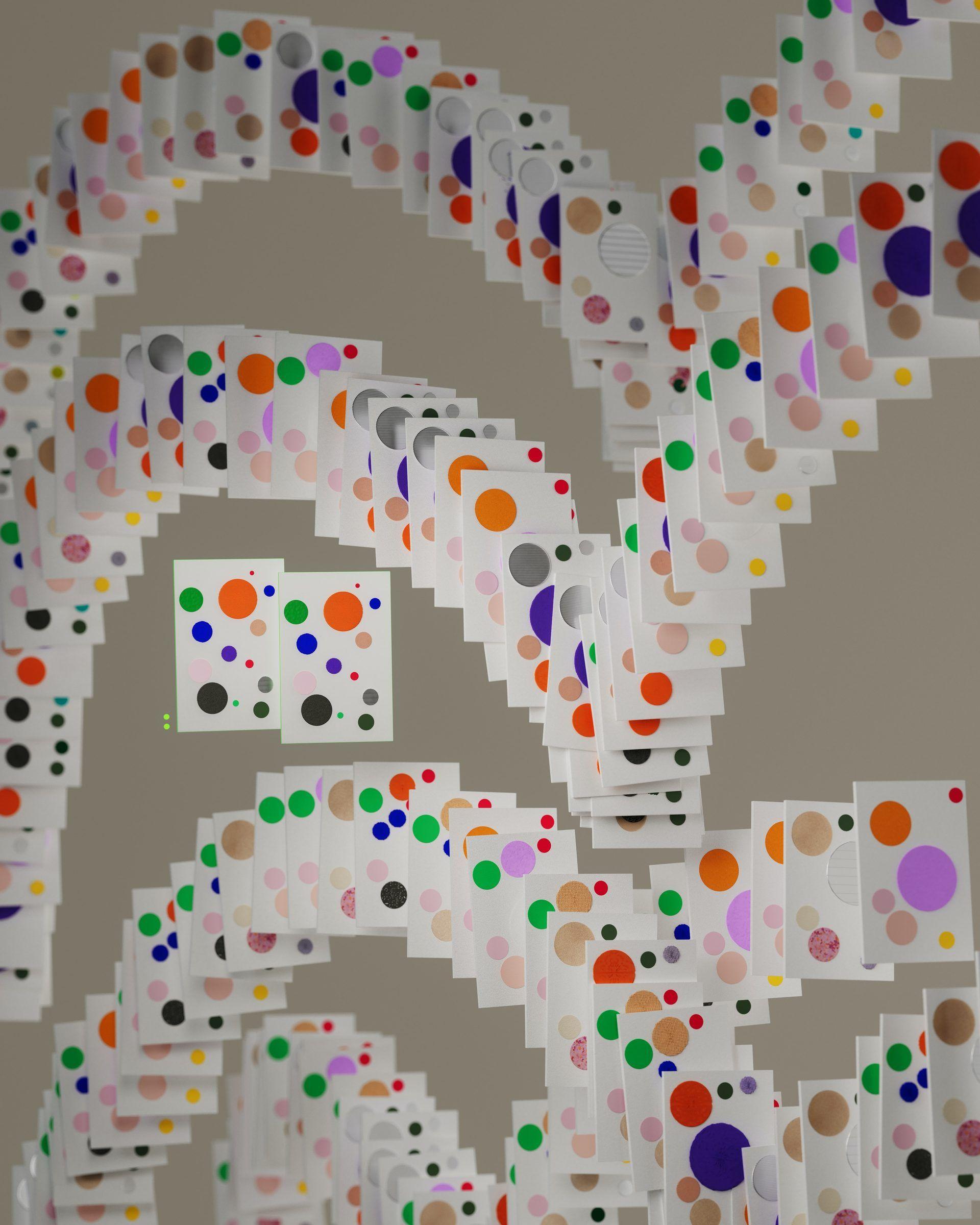
In this ever-evolving landscape, AI art beckons us to reimagine the boundaries of artistic expression and embrace the extraordinary possibilities that lie ahead.
Are you ready to make some AI art?
AI-generated images have opened up new possibilities for artists and enthusiasts. They can effortlessly explore various artistic styles, experiment with different color palettes, and venture into unexplored artistic domains. By leveraging the immense processing power of AI, artists can generate a vast number of unique and intriguing compositions in a fraction of the time it would take using traditional methods. AI art can be a powerful tool for artists seeking inspiration, pushing creative boundaries, or expressing ideas in unconventional ways.
At the core of AI art lies a captivating interplay between human ingenuity and machine intelligence. Artists and creators act as visionaries, guiding the AI models with initial input and constraints. This symbiotic relationship between humans and machines sparks a creative process like no other, one that challenges the notion of sole authorship. As creators iteratively refine the results, AI becomes a collaborative partner, expanding the possibilities of artistry beyond conventional realms.
A comprehensive comparison of AI-generated images from the best AI art generators
Below, you can find examples of popular AI art tools’ AI-generated images and decide which one is the best!
- DALL-E 2: DALL-E 2’s intuitive design allows anyone to create stunning AI-based artwork. Therefore, both amateur and professional artists can benefit from using the DALL-E 2.
“A photo of a quaint flower shop storefront with a pastel green and clean white facade and open door and big window” #dalle pic.twitter.com/r0DW1PGNwO
— OpenAI (@OpenAI) April 6, 2022
- Midjourney: Midjourney is a well-known AI art generator because it makes high-quality images and has a unique artistic style.
A @midjourney box https://t.co/AIY7vCN3k6 pic.twitter.com/O03lTmS8Zd
— ARC (@arc4g) March 24, 2022
- Dream by Wombo: Using a sophisticated algorithm, Wombo Dream can take pre-existing images and use them to make cartoons or imitation paintings based on the words and phrases you provide.

- NightCafe AI: NightCafe is well recognized as a leading provider of AI art generators. It’s known for being beginner-friendly yet packing more features and algorithms than competing generators.
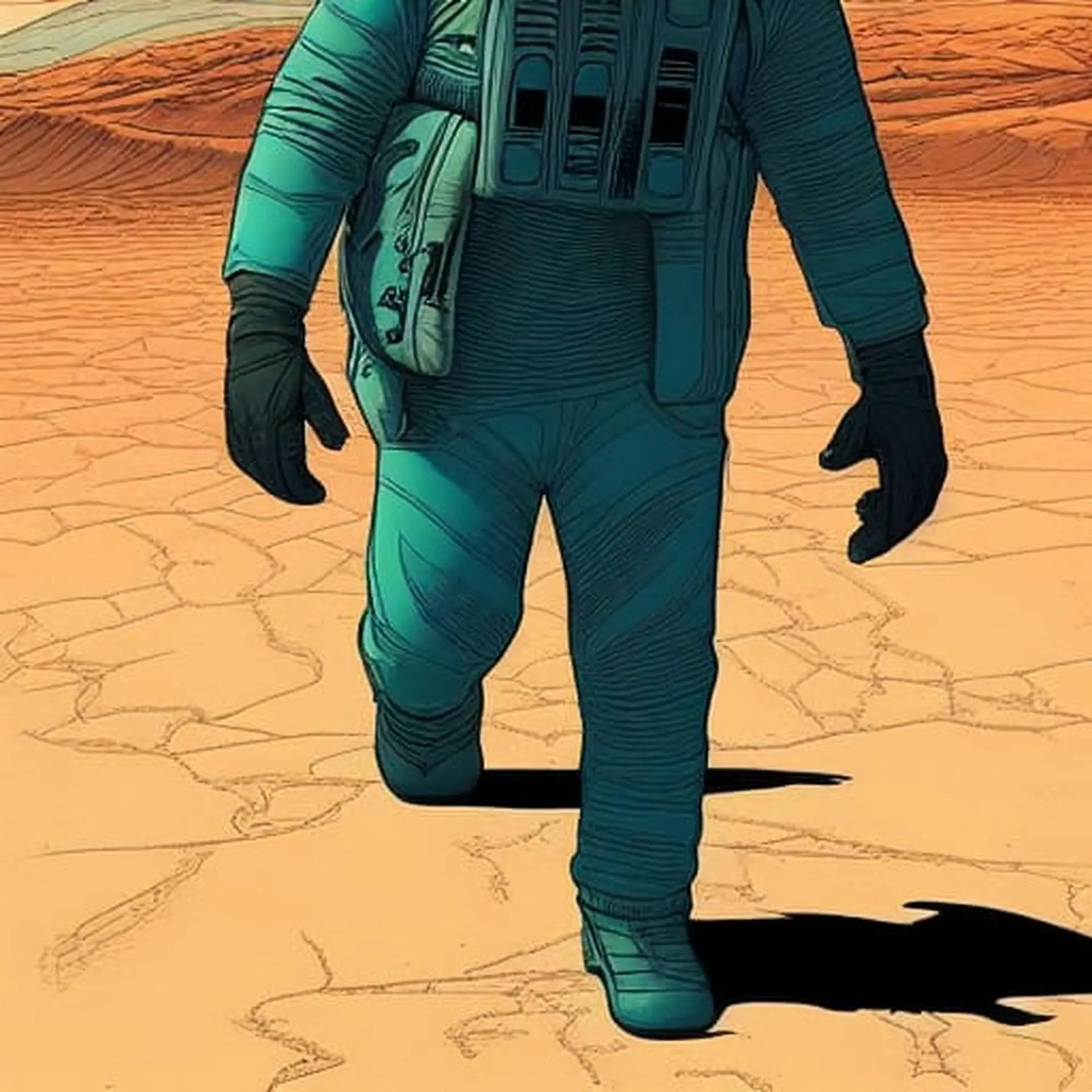
- Stable Diffusion AI: Stable Diffusion is an open-source image synthesis approach that allows anyone with a PC and a powerful GPU to create nearly any visual reality. Even Coca-Cola uses it!
- Fotor: Using its advanced AI tools, you can quickly and easily create art with it.
📷Step into a world of surrealism with AI-generated artwork inspired by the enchanting styles of René Magritte and Sandy Skoglund. Try #FotorAI https://t.co/qgNf5659DS#Aiimage #AIart #AIartworks #AIgenerator pic.twitter.com/tVwNXKG7wC
— Fotor AI (@Fotor20) May 19, 2023
- Bing Image Creator: Bing Image Creator is a tool that uses AI to make images based on what you say. It is powered by DALL-E.
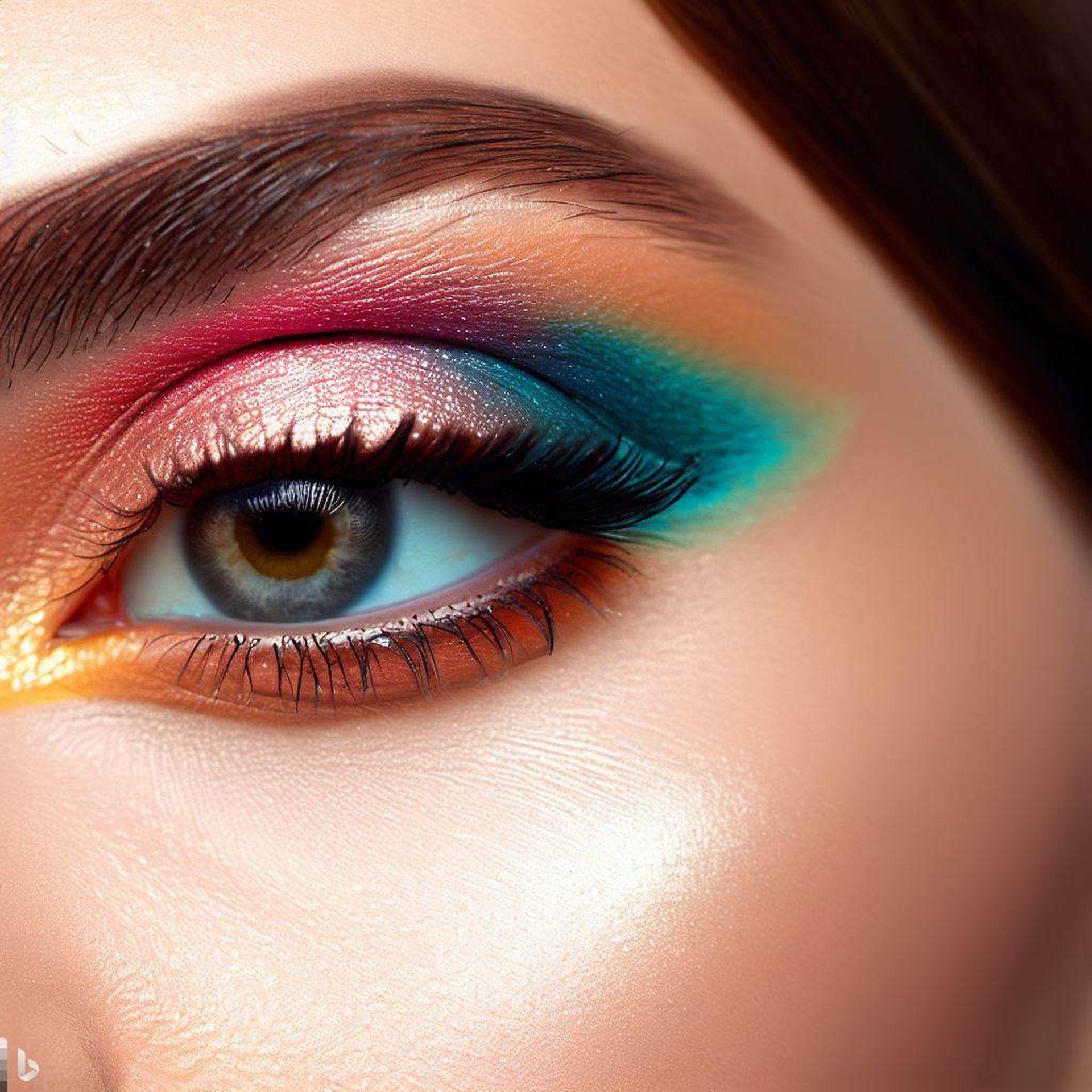
Which one is the best? It all depends on your needs!
If these results are not satisfactory, there are many more tools you can try, such as:
While there are still some debates about artificial intelligence-generated images, people are still looking for the best AI art generators. Will AI replace designers? Keep reading and find out.
Oh, are you new to AI, and everything seems too complicated? Keep reading…
AI 101
You can still get on the AI train! We have created a detailed AI glossary for the most commonly used artificial intelligence terms and explain the basics of artificial intelligence as well as the risks and benefits of AI. Feel free the use them. Learning how to use AI is a game changer! AI models will change the world.
In the next part, you can find the best AI tools to use to create AI-generated content and more.
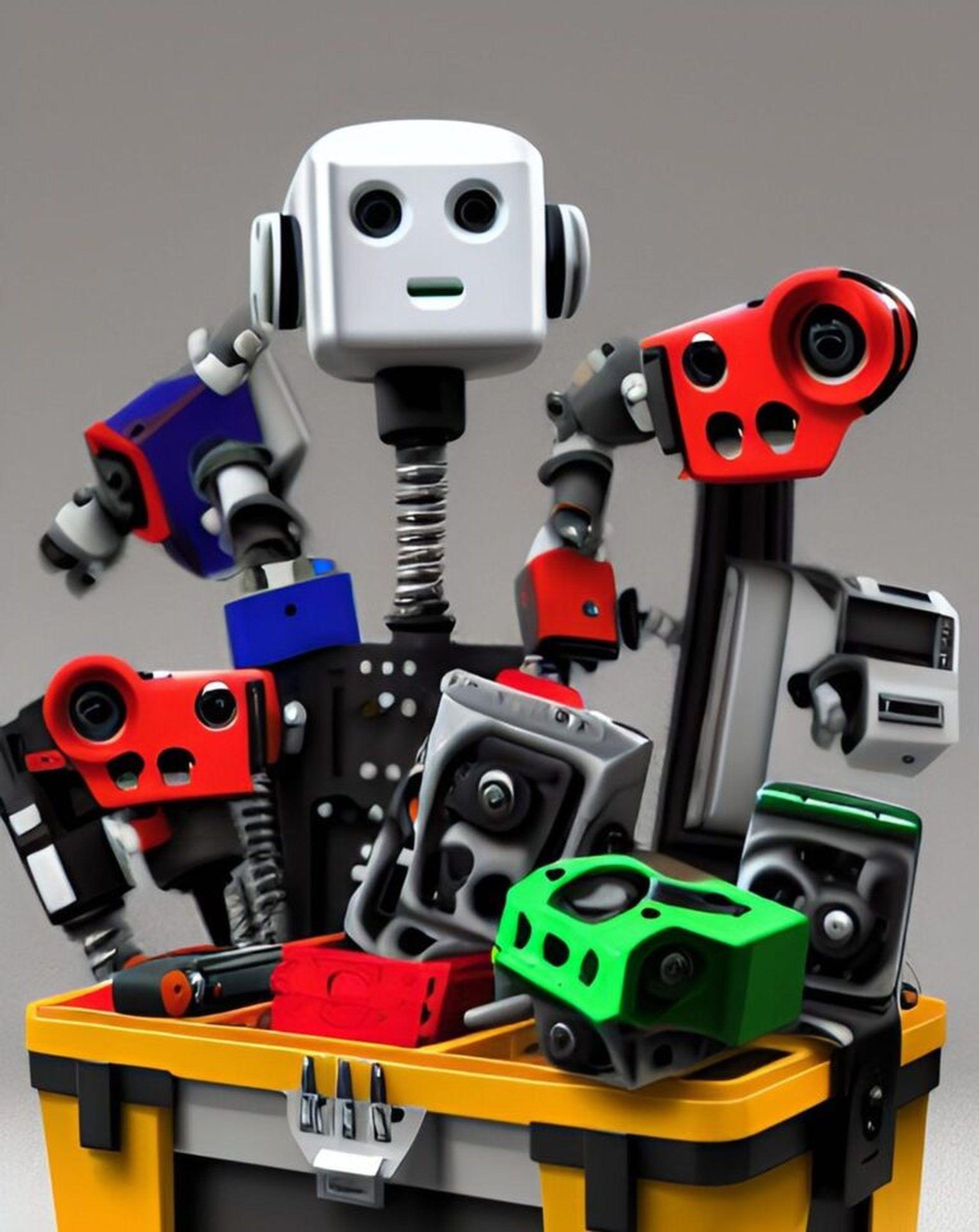
AI tools we have reviewed
Almost every day, a new tool, model, or feature pops up and changes our lives, and we have already reviewed some of the best ones:
- Text-to-text AI tools
Do you want to learn how to use ChatGPT effectively? We have some tips and tricks for you without switching to ChatGPT Plus, like how to upload PDF to ChatGPT! However, When you want to use the AI tool, you can get errors like “ChatGPT is at capacity right now” and “too many requests in 1-hour try again later”. Yes, they are really annoying errors, but don’t worry; we know how to fix them. Is ChatGPT plagiarism free? It is a hard question to find a single answer. If you are afraid of plagiarism, feel free to use AI plagiarism checkers. Also, you can check other AI chatbots and AI essay writers for better results.
- AI video tools
- AI presentation tools
- AI search engines
- AI interior design tools
- Other AI tools
Do you want to explore more tools? Check out the bests of:






